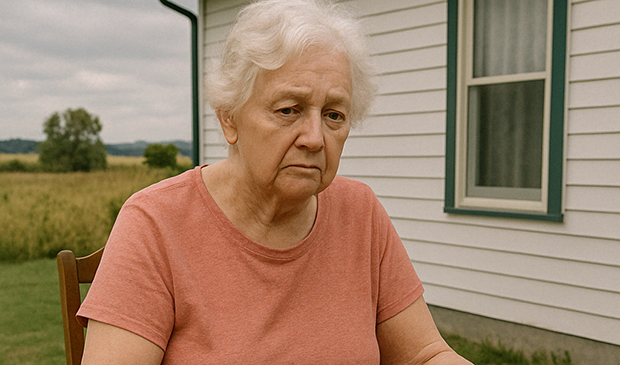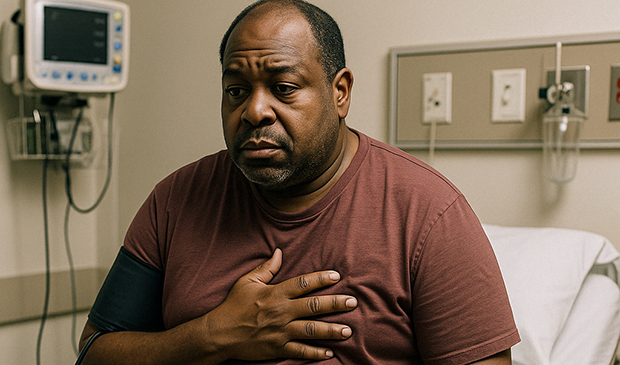Patient profile 1: Mary, 72 - rural senior with limited mobility

Mary lives alone in a rural Indiana county where the nearest primary care provider is over 45 minutes away. She has been managing diabetes and high blood pressure for years, but her care has become inconsistent due to transportation issues and long wait times for appointments. Recently, she fell in her kitchen and fractured her hip, resulting in a costly hospital stay and a lengthy recovery. Mary had been experiencing increasing difficulty with mobility, but skipped her last two physical therapy sessions due to out-of-pocket costs. Her situation reflects a growing trend among Indiana’s aging population—where a lack of access, compounded by chronic conditions and limited physical activity, leads to high-cost, preventable medical emergencies.
Patient profile 2: Jamal, 56 - underinsured with unmanaged hypertension

Jamal works two part-time jobs in Fort Wayne but does not receive employer-sponsored insurance. Although he qualifies for Medicaid, high copays and past negative experiences with the healthcare system have caused him to delay routine checkups. Jamal has lived with hypertension and obesity for over a decade, but without regular monitoring, his condition recently worsened, culminating in an ER visit for chest pain. His experience echoes that of many Indiana adults who skip or delay care due to cost—even when insured—leading to costly emergency services and worsening chronic conditions. With earlier intervention and consistent care, Jamal's hospital visit may have been avoided.
Patient profile 3: Teresa, 38 - caregiver navigating health disparities

Teresa is a full-time caregiver for her elderly mother and two children in a medically underserved area of southern Indiana. Although she has insurance, Teresa struggles to access timely appointments due to a severe shortage of providers in her region—her county has only one primary care physician for thousands of residents. Despite experiencing symptoms of prediabetes and chronic fatigue, Teresa has delayed care for months, prioritizing her family’s needs and fearing the potential costs of treatment. Her story highlights the systemic access issues and socioeconomic barriers that perpetuate health disparities and drive up the total cost of care—especially for women in caregiving roles.



